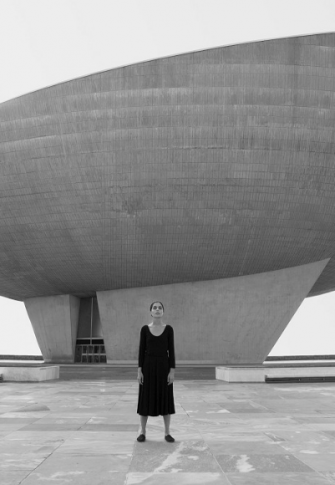WAM, Johannesburg
27.07–8.10.2017
It’s hard to write about Andy Warhol, a man who was a legend and a myth even when he was alive, who held up a mirror to our lives by presenting the banal as art. His art is simultaneously silly and incredibly serious. Perhaps this ambiguity in his work is why so many people love it.

Andy Warhol changed the way we looked at the world around us. Before his seminal exhibition in the 1960s with the Brillo Boxes, products were merely products. He blurred the lines between high art and the banal, elevating design to art, and challenging the world’s aesthetic philosophies.
Aside from influencing our ways of seeing, Warhol was an important voice of dissent in a world dominated by heterosexual precepts and overt stereotypical masculinity. He questioned the roles of the most powerful people and encouraged them to extend kindnesses that would boost the morale of the disenfranchised. Andy Warhol noticed things that everyone else took for granted, and he questioned everything, prompting many to do the same. Warhol introduced a criticality that had disappeared from the art world at the end of the Abstract Expressionist era.
A curious philosopher of sorts, Warhol embodied the idea of the American Dream but also subverted it, claiming that anyone can access it even if they live on the fringes of the norm. Paralleled with political and philosophical changes happening in and around human rights, equality and tolerance in New York at the time, he emerged as a leading protagonist for living one’s life the way one wanted. His art is the access point for his ideas, but it is also a symptom of a greater shift in modes of thinking.

Warhol is present in so much of popular culture, art production and philosophy today. Warhol still makes headlines (The Rolling Stone), and is unchallenged as America’s most famous artist in history. Many attribute his popularity, relevance and fame to the sheer range of work he created, an artist that experimented with a broader range of media than any before him, he laid the groundwork for career heterogeneity.
At the time, Warhol presented a stark contrast to the Pollock Myth, an idea of artistic masculinity based on the reclusive, mystical and volatile Jackson Pollock. An article on Artsy highlights Warhol’s biographers Victor Bockris and Wayne Koestenbaum, who wrote that ‘Andy was interested in denigrating the concept of heterosexual coupling as the be-all and end-all of sex and present homosexuality as a normal practice.’ And in the words of Koestenbaum: ‘Warhol’s decision to become a painter in the first place was an attempt to queer the Pollock myth—to prove that art stardom was a swish affair.’ This was, and remains incredibly relevant in a world of uncertain rights and visibility for the LGBT community.

Warhol’s work may seem whimsical, and playful, but there are many layers of meaning and impact in his work. Overall I think that it is important for private collections like this to travel, so that everyone has the opportunity to see the work up close, in real life. It is unfortunate that it isn’t possible for there to be a more representative, or comprehensive exhibition, with more work, and with a greater variety of media, but the exhibition as it is gives a small segment of insight into Warhol’s world.
Works on exhibition at the Wits Art Museum include the Campbell’s Soup II series (1969), a portrait of Marilyn Monroe in pink, the Endangered Species Portfolio (1983), Flowers (1970), Muhammad Ali (1978), the Andy Mouse works by Keith Haring, the Birmingham Race Riot (1964), and many more.







